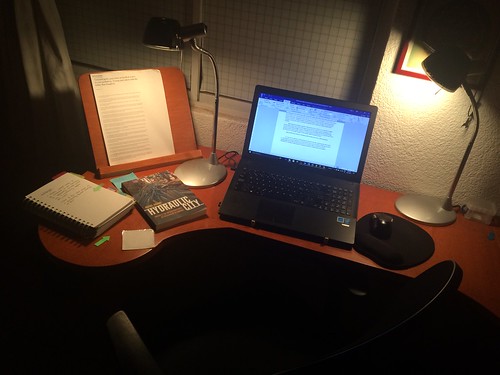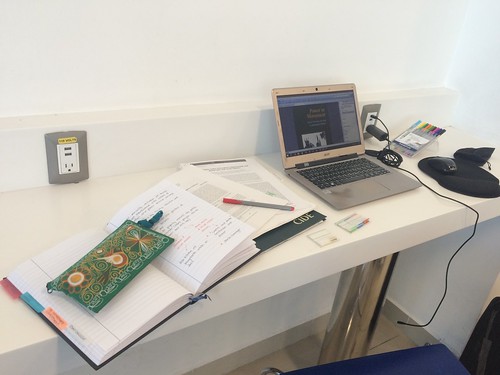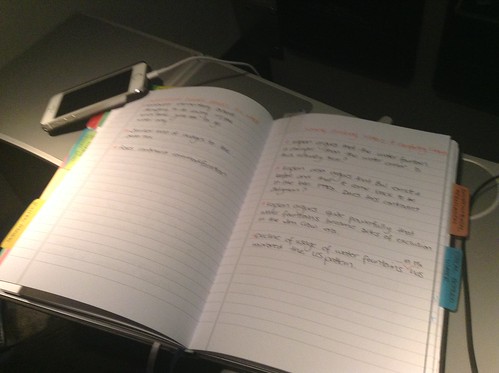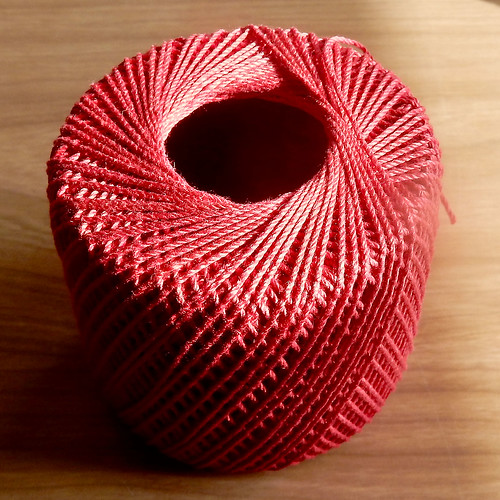While I have spent close to two decades doing fieldwork in very marginalized communities all over the world, this is the very first time in my entire life that I have been subjected to the challenge of doing fieldwork, particularly the ethnographic kind that I do, within the context of a global pandemia. I joked on Twitter that this would be the title of my next book:
Stay tuned for my next book: “Fieldwork in the Times of COVID-19: Doing Ethnography During a Pandemic”
— Dr Raul Pacheco-Vega (@raulpacheco) March 16, 2020
The truth of the matter is: I don’t really have much experience doing fieldwork during a global pandemic. When AH1N1 (the swine flu) hit Mexico (it was actually the epicenter of the global pandemic), I was living in Vancouver, and I didn’t do much fieldwork in Mexico between 2009 and 2010. So, I was relatively spared from the AH1N1. I do remember getting vaccinated, and being worried about my family back in Mexico, but other than that, AH1N1 did not alter my fieldwork in any significant way, from what I can recall. I did bunker down and isolate, but I had already done most of my interviews for projects I had at the time.
The following are some impressions of mine, having done decades of fieldwork within vulnerable communities, and particularly ethnographic work within areas with extreme water and sanitation poverty and insecurity. I do interview-based, ethnographic and field-experimental work. But for the purposes of this thread, I’m going to focus on ethnographic or fieldwork-based research. I am very much interested in pandemics and infectious diseases, but I actually work in environmental politics.
 My interest in pandemics and the modeling of infectious diseases’ transmission comes from my background as a chemical engineer, the fact that all three of my theses (undergraduate in chemical engineering, Masters in economics of technical change and PhD in political science/human geography) are all mathematical (or other type of) models. I gained an interest in mathematical epidemiology since about 20 years ago, so I can certainly tell you that COVID-19 is in my mind for many reasons, not only the health one.
My interest in pandemics and the modeling of infectious diseases’ transmission comes from my background as a chemical engineer, the fact that all three of my theses (undergraduate in chemical engineering, Masters in economics of technical change and PhD in political science/human geography) are all mathematical (or other type of) models. I gained an interest in mathematical epidemiology since about 20 years ago, so I can certainly tell you that COVID-19 is in my mind for many reasons, not only the health one.
The photo above shows me and colleagues from UAM doing fieldwork in Zacatecas, an area where there’s extraordinary marginalization and poverty. There are mines there and the general population openly manifested during our interviews that they were very hopeful that someone from their families would end up working at the mine. For the work I do, fieldwork is fundamental. This is the main reason why I have been concerned about deploying fieldwork right now, in the midst of a pandemic.
The kind of work I do, especifically the questions I ask, are associated with perceptions of insecurity, and with the social, political and health-related impacts of water and sanitation interventions (or lack thereof). In a pandemic, people facing hardships such as rough sleeping (homelessness) are much, MUCH more vulnerable to highly infectious diseases. People who do not have the dignity of access to a toilet (a human right I have written about and fought for) also face similar hygiene-related challenges that could potentially not only endanger them but also their contexts and environments.
As a highly immunocompromised researcher, I have taken an approach and philosophy towards my fieldwork that is centered in a somewhat balanced way on my subjects and on my own health. I do feel like I owe it to my subjects to study what I do. But at the same time, I also feel as though I owe it to them to be healthy (-ish) enough to conduct fieldwork and have conversations with them and amplify their voices. Navigating field and site-related issues right now for me is tricky. This is the semester I don’t teach, thus, his is also the semester where I do most of my fieldwork. And since I use comparative ethnography, I end up travelling all over the world to different sites.
I obviously cannot do that right now, and I am not going to for the foreseeable future. This is something that has me very concerned. Along a different line of thinking, I want to to discuss how to do ethnography of vulnerable communities. When I do research of vulnerable populations I guide much of what I do by what Professor Liamputtong says in her book, Researching the Vulnerable.
So, what do we do regarding fieldwork in an era of COVID-19?
Doing fieldwork right now would not only compromise MY health, but also risk compromising MY SUBJECTS’ health. And this would make them in turn even MORE vulnerable.
I have read ethnographies associated with pandemics and infectious diseases, but not exactly OF pandemics. Some work (including Adia Benton’s HIV exceptionalism) and Emily Wanderer’s “The Life of a Pest: An Ethnography of Biological Invasion in Mexico” is interesting to me but not exactly ethnographies conducted WITHIN an epidemic outbreak or infectious disease pandemic context.
Doing fieldwork (and ethnography) in contexts where highly contagious diseases are prevalent brings up questions of ethics: to whom do researchers owe themselves? I have read countless stories of heroes who first discovered infectious diseases or treated them and were killed. Killed by the same diseases they swore to fight. Thus we end up in territory of moral quandaries. Should I die (or risk dying) to expose the challenges facing decimated societies who are afflicted by infectious diseases? What is the value of my risking exposure? Do I do more/less? These are questions that keep making the rounds in my mind and I don’t have answers for them.
To those who are finding being on the field right now and feeling emotionally and mentally challenged and overwhelmed, I think I can say this:
I get it.
I get you.
I hear you and I see you.
I think it’s important to protect oneself AND the populations we study. We are in this together. Take as many precautions as you need, and “abort the mission” if you need to.
No degree or research project is worth, in my view, risking your life.



















Recent Comments